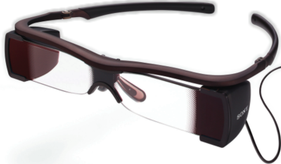Unfit for Work
Tuesday, Apr 2, 2013
RANTSJoffe-Walt spent 6 months exploring the disability program. As she reports, the story of the U.S. economy we normally
hear is not the full picture, not by a long shot. Our federal disability program is only slightly caused by an aging
workforce; it is primarily an increasingly expensive, relatively hidden safety net.
The federal disability program, along with the associated health care benefits, costs about $260 billion a year.
That’s not only eight times more than we spend on welfare, it’s more than we spend on welfare, food stamps, the school
lunch program, and subsidized housing combined! And the worst part is that the disability program incentivizes people
to stay on the program forever and never get off of it. You know, the opposite of what a welfare program should do.



